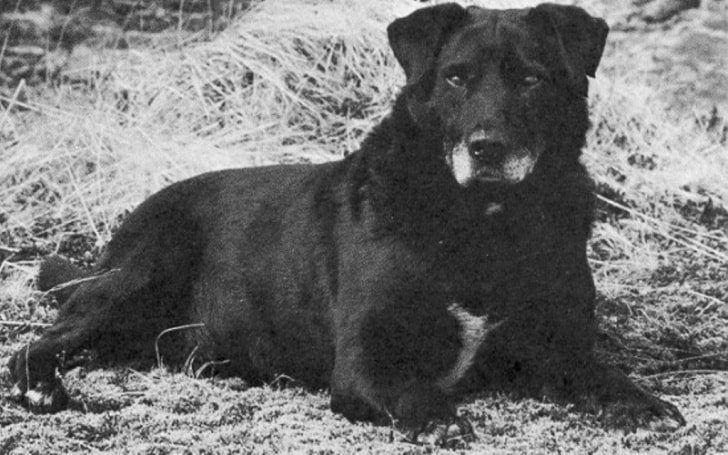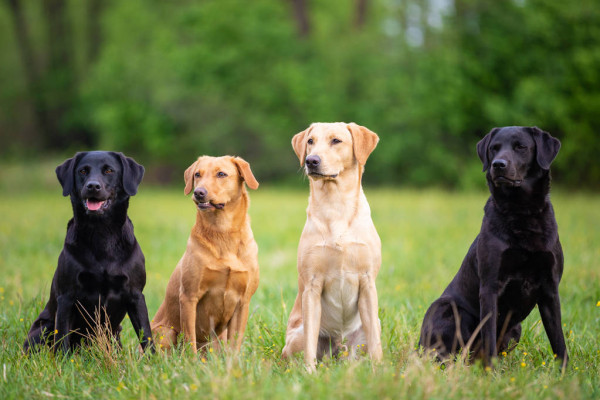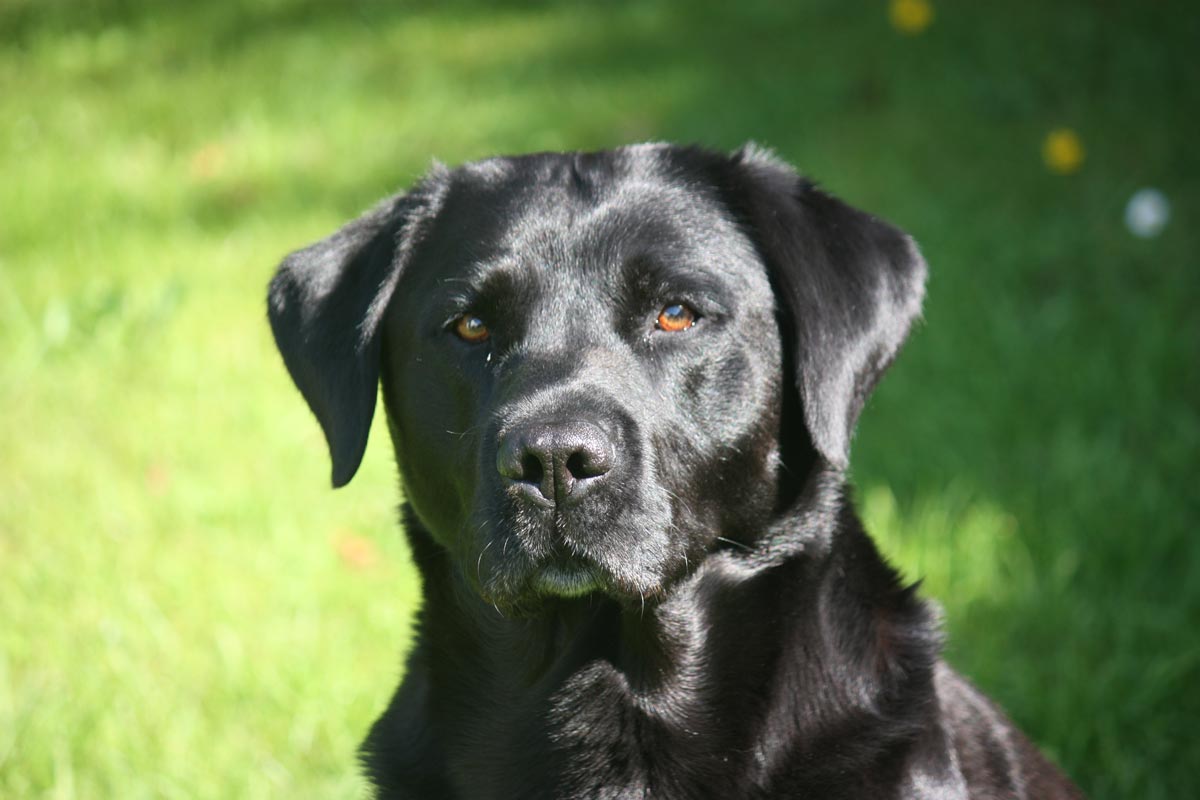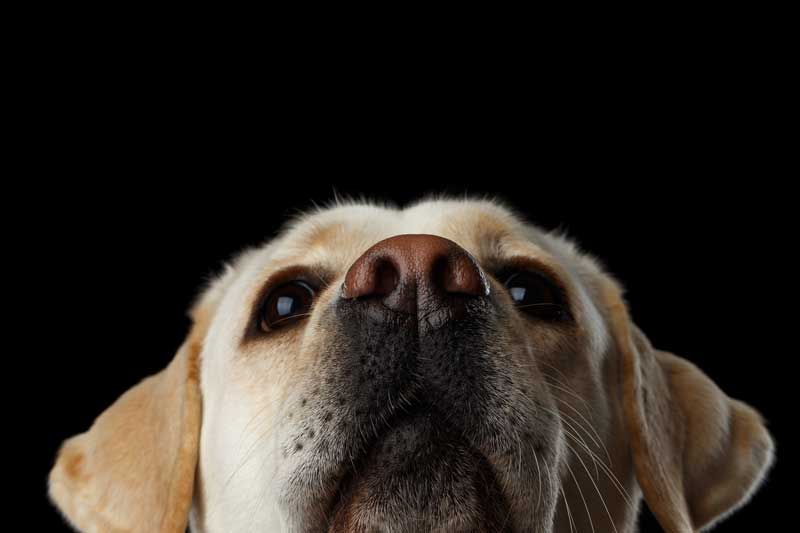The Breed
Our dogs are a major part of our lives. They are all so rewarding to own and look after. I devote all of my time to them and their wellbeing. Whether they are enjoying their off lead exercise, participating in agility (which they love), swimming or accompanying me while we ride my horses around a nearby forest they are always by my side as loyal companions.
A short history
The Labrador breed dates back to the 1830s, when St John’s water dogs were bred by European settlers in Newfoundland. The dogs were used to help fisherman retrieve nets and lost lines and pull carts loaded with fish. They were first introduced to Britain from ships trading between Canada and Poole in Dorset. These dogs were then bred with British hunting dogs to create what has become known as the Labrador retriever. The breed became recognised by the sporting gentry for their excellent retrieving skills. One of the early patrons of the breed, the Earl of Malmesbury gave the breed its name. The first breed club was founded in 1916.


“The dogs were used to help fisherman retrieve nets and lost lines and pull carts loaded with fish.”

The Colours
There are three main colours recognised in the breed, which are:
- black
- chocolate (previously known as liver)
- yellow (the yellows range in shade from very pale through to fox red)
Appearance
As with other breeds the conformation has evolved depending on the breeding and purpose. Now there are essentially two classifications. These are not officially classified and both come under the breed of the Labrador retriever. Nevertheless the Show (English) and the Field, (American) classifications do display differences in conformation. Both lines originate from Britain. The Labrador should be strongly built, very active, with a broad head and deep chest.
The Working Field Line
These lines tend to be leaner and more muscular with longer legs than their show counterparts. They have trainable attitudes and are active and eager to please.
The working strain is highly intelligent with
loads of personality.

The Show Lines
The show line dogs are often heavier and shorter in the leg. They may be less agile compared to the working strain. As juveniles they can be easily distracted, and slightly more challenging to train. But are still good family pets, due to their calm nature.

Characteristics
Devoted companion who loves water and who is very active and agile. The temperament should be intelligent, keen to please. There should be no trace of aggression or
undue shyness.

The Breed Standard
A breed standard is the guideline which describes the ideal characteristics, temperament and appearance including correct colour of a breed and ensures that the breed is fit
for function.


